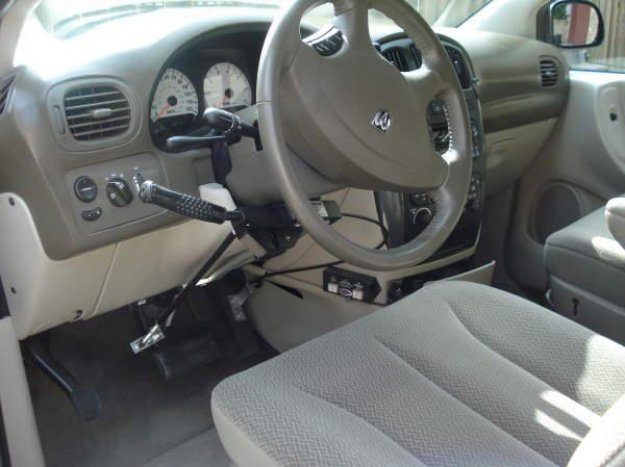Easy Acceleration and Braking With Hand Controls
Hand controls allow people who otherwise could not drive to safely hit the road.
The traditional vehicle works under certain assumptions. One of them is the idea that the driver will be able to use both hands to control the steering wheel and other devices and that he or she will be able to use at least one, if not both, feet to operate the accelerator and brakes (two feet would be necessary to manage a clutch on vehicles with standard transmissions).
Obviously, many drivers do not meet the assumptions of auto manufacturers. In cases where that deviation involves in inability to use one’s feet to operate key vehicular components, hand controls provide a solution. Hand controls have been used for decades to provide handicapped drivers with maximum levels of accessibility.
Easy Acceleration and Braking
Hand controls allow handicapped drivers to accelerate and to brake without being required to use their feet on the pedals. This is uniquely valuable to drivers confronting number of different situations. Some may lack the necessary strength in their legs and feet to work the pedals. Others may lack to required degree of control. Some disabled drivers may not have one or both legs, making the standard arrangement completely unworkable. There are other situations in which traditional foot pedals are not reasonable options, too.
Hand controls are hooked up to the same mechanics used by the pedals. Instead of stepping on a pedal, however, the driver needs only to use the hand controls to “step on it.” Braking is also handled via a simple hand control, making safe driving accessible to many who would otherwise be left as a passenger.
Installing Is Left For The Mobility Pros
Installing hand controls is, quite obviously, a serious matter. They control critical elements of driving and device failure or improper installation could pose obvious safety risks. That is why qualified professionals should install hand controls. Conversion experts can set up the modifications safely and will make sure that they meet the individual needs of their intended user.
An inability to operate foot pedals does not need to stand in the way of driving. Hand controls provide disabled drivers with a way to drive even if they are unable to use their feet while driving.
Auto manufacturers may build vehicles under one set of assumptions, but that doesn’t’ mean that those who do not meet expectations are unable to drive. With the right modifications, accessibility is possible.

















